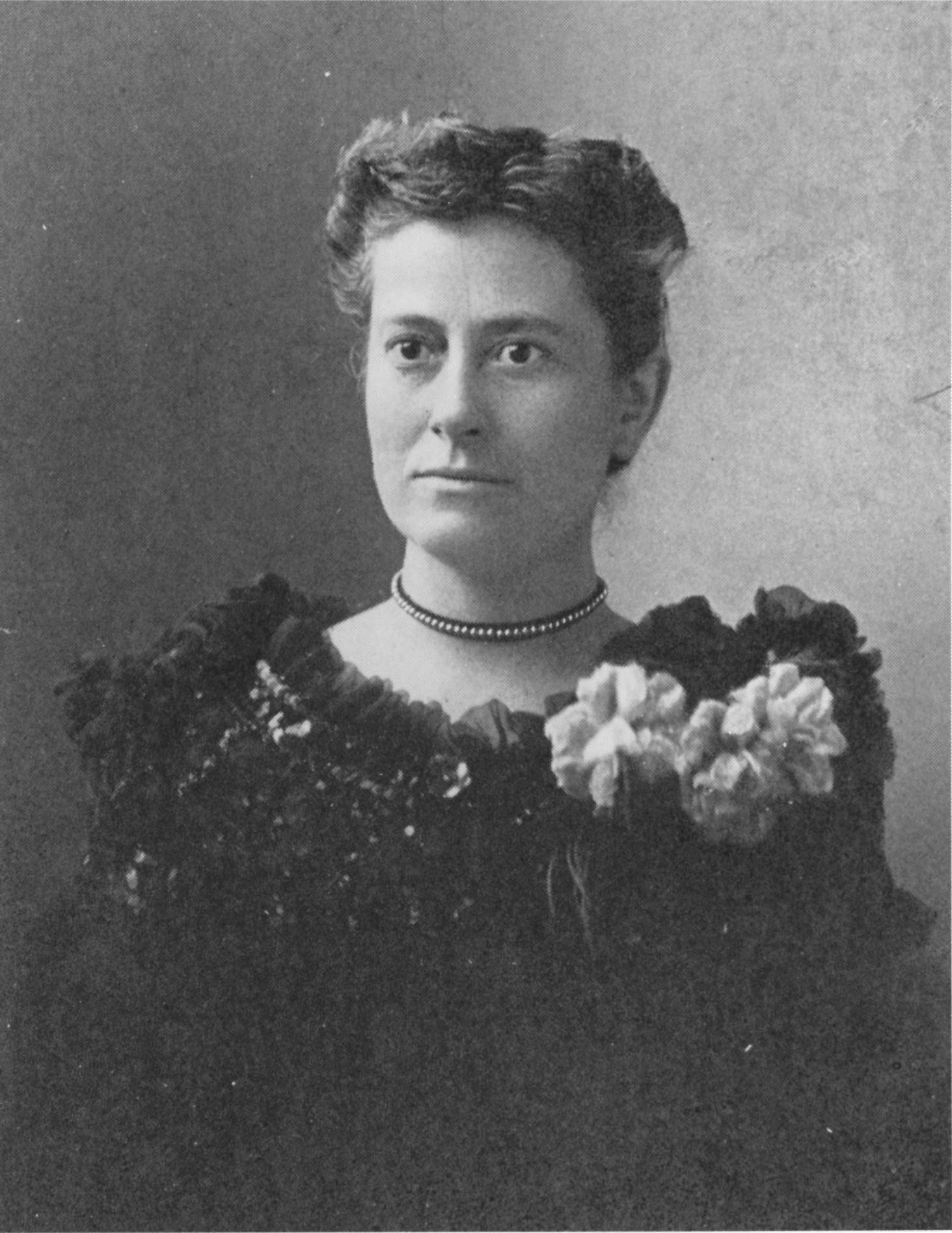 |
| Horsehead Nebula Image Credit; Purnendu Gupta |
The Horsehead nebula (Barnard 33) is a dark nebula in Orion. Among the night sky wonders I have seen - this is perhaps the object which most closely resembles its common name. But its nature was unknown till a hundred years after it’s discovery.
Maid of Honor
 |
| Williamina Fleming. Source: Wikimedia Commons |
Fleming had started work as a maid at the house of Professor Pickering - director of Harvard College Observatory. She was appointed to an administrative role at the observatory after Pickering's wife noted her talents. She moved on to become one of Professor Pickering's female "computers" (of "The Glass Universe" fame) and has many honors to her credit, the discovery of the Horsehead being one among them.
Zero Dark Thirty Three
 |
| E.E. Barnard Source: Wikimedia Commons |
Barnard had been recording dark nebula in the Milky Way and he cataloged the Horsehead as no. 33 in his list. Hence the name Barnard 33.
Taming the Horse:
 About 1300 light years away, the Horsehead nebula is 4 lightyears tall and 3 lightyears wide but very difficult to observe in small scopes due to its small angular size and faintness and easier target photographically. The image came to me several attempts and learnings later. it seemed just in time before winter bows out this year. The imaging method used narrowband multi-pass filters and 2.5 hours of exposure over two nights from my backyard.
About 1300 light years away, the Horsehead nebula is 4 lightyears tall and 3 lightyears wide but very difficult to observe in small scopes due to its small angular size and faintness and easier target photographically. The image came to me several attempts and learnings later. it seemed just in time before winter bows out this year. The imaging method used narrowband multi-pass filters and 2.5 hours of exposure over two nights from my backyard. It is very satisfying to note the same image features - albeit in negative greyscale in Barnard's image as in mine. This includes the reflection nebula to the lower left of image, the major stars and of course emission and dark nebulae IC 434 and Barnard 33 respectively.
I feel humbled that we can have in full Technicolor today, what top of the line professionals only a hundred years ago could only dream of (in black and white).
It's a good time to be alive!
Imaging details:
—————————
Canon 70D unmodified
35X 300s light, 20 dark, 20 Bias, 10 Flat ISO 800
Optolong L-enhance
Celestron 127 mm Mak-Cass scope with 0.6X focal reducer
Celestron AVX mount, electronic focuser
Orion 50mm guidescope and ZWO ASI 120 mm guide camera
Capture Software: CPWI, PHD2, APT, NINA
Processing: DeepSkyStacker, Topaz DeNoise AI, GIMP
No comments:
Post a Comment